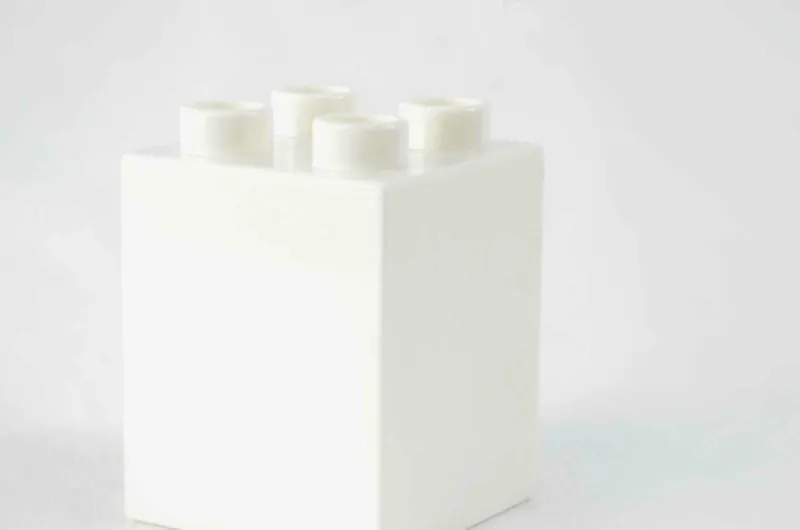Expansion of the patent box scheme to include agricultural and low emissions technology sectors
Originally designed to encourage home-grown innovation in the biotech and medical technology sectors, the Australian Government announced in its 2022-23 Federal Budget the intention to expand the patent box scheme to include the agricultural and low emissions technology sectors.
Once operational (noting that the scheme is yet to pass through Parliament a year after it was initially unveiled), the patent box will enable companies operating in the agricultural and low emissions technology sectors to access a concessional tax rate of 17% (down from 30% for large businesses and 25% for SMEs) for profits generated from eligible patents and plant breeders rights (PBRs) within Australia.
For the agricultural space, eligible patents will be those covering “practical, technology-focused innovations”, examples of which may include agricultural and veterinary products listed on the Public Chemicals Registration Information System (PubCRIS) register administered by the Australian Pesticides and Veterinary Medicines Authority (APVMA). Pleasingly, the government has also expanded the patent box to include PBR for new plant varieties.
For the low emissions technology sector, patents covering technologies which reduce emissions will be eligible. This arguably covers multiple industry sectors.
In another development, the budget announced that patents issued by the USPTO and EPO will also qualify for the scheme going forward, whereas previously only Australian patents were eligible. In this regard, the budget paper noted that this expansion “will remove regulatory barriers to accessing the patent box regime for Australian developed innovations patented in the major overseas jurisdictions with equivalent patent regimes”. Given the importance of the US and European markets to most patenting strategies, this is another welcome development.
For biotech and medical technologies, the patent box scheme is set to commence on 1 July 2022 and will apply to eligible patents granted after 11 May 2021. For the agricultural and low emission technology sectors, the scheme is set to commence on 1 July 2023 and will cover patents or PBRs granted after 29 March 2022.


